Google Unveils Squeezable Pixel 2, Google Home Mini, Amazing Pixel Buds
Google announced two new phones with better Google Assistant integration and a killer camera, a $49 smart speaker and a very premium Chromebook.
The chief executive officer of Google, Sundar Pichai, says that Google is moving from a mobile-first to an AI-first approach to the world, and the company's new products reflect that vision. The goal? To be "radically helpful."
At a press event in San Francisco, Google announced a family of products to try to live up to that vision, and the Google Pixel 2 is the biggest highlight. But the translation feature in the Google Pixel Buds truly wows.
Google Pixel 2 and Pixel 2 XL
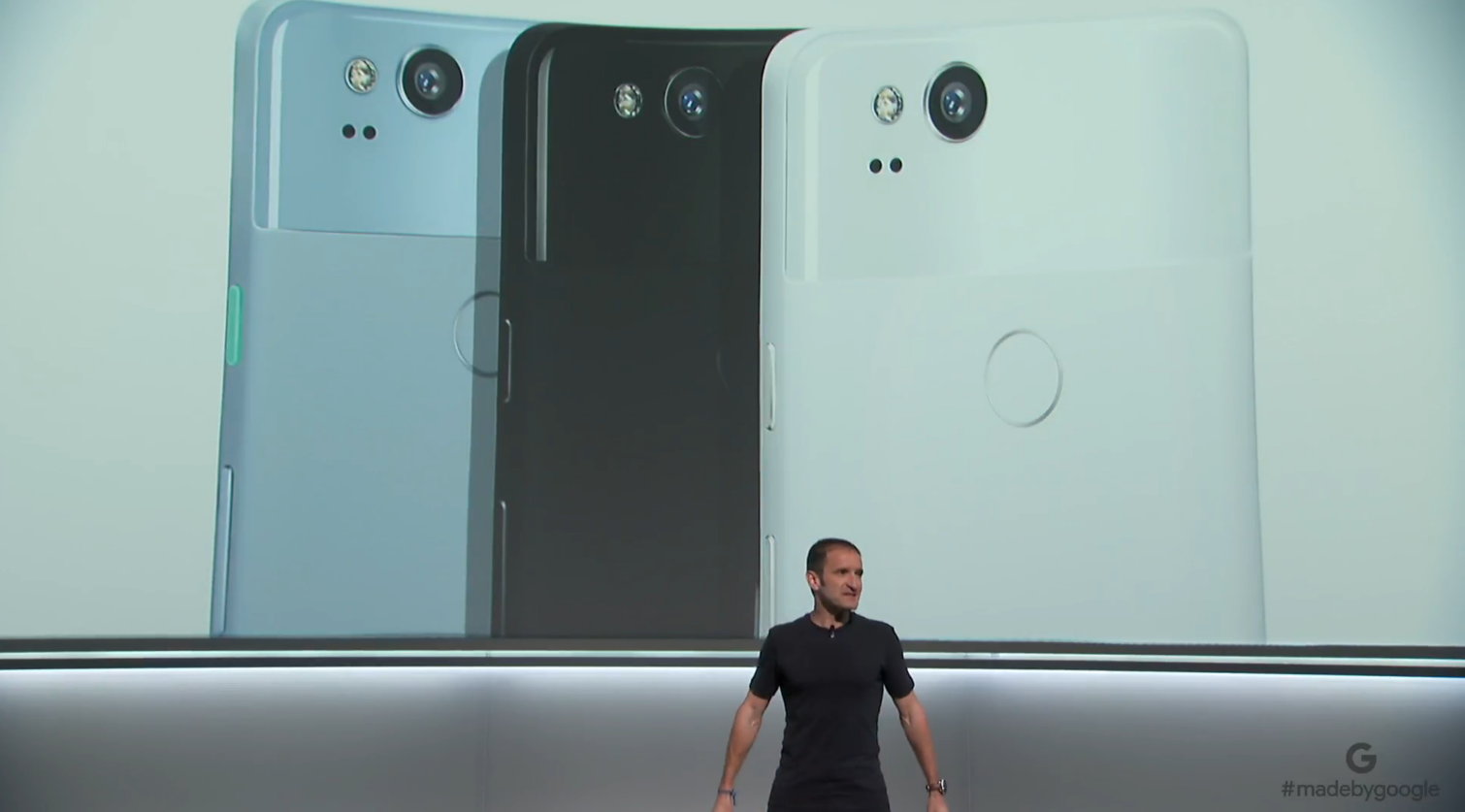
Google is trying to bring together the best of hardware, software and AI with its new flagships, the Pixel 2 and Pixel 2 XL. The 5-inch Pixel 2 starts at $649 and the Pixel 2 XL starts at $849. In the U.S., Google is offering the phones through Verizon, and unlocked.
For starters, it's easier to get to Google Assistant. All you need to do is squeeze the sides of the phone. There's also a new always-on display, which displays not just notifications but also things like song titles. The home screen has a new search box, which lets you see web results at the top and other things on your phone like contacts below.
The new phones also integrate with Google Home speakers, so you can broadcast that you're coming home and everyone in the house will hear that you're on your way.
With Google Lens, these phones will be able to recognize all sorts of images. For example, if you point your camera at a poster, it's smart enough to capture an email address or summon up reviews. And new AR apps are on the way, such as Legos. A new AR sticker feature will let you bring virtual characters into real photos, such as characters from Stranger Things.
One of the biggest features of the Pixel 2 and Pixel 2 XL is the 12-megapixel f/1.8 camera. DxO Mark has already given the new phones an unprecedented score of 98, but we'll wait and see how good it is with our tests. Google has increased dynamic range, reduced blur and introduced Portrait Mode with a blurred background.
Sign up to get the BEST of Tom's Guide direct to your inbox.
Get instant access to breaking news, the hottest reviews, great deals and helpful tips.
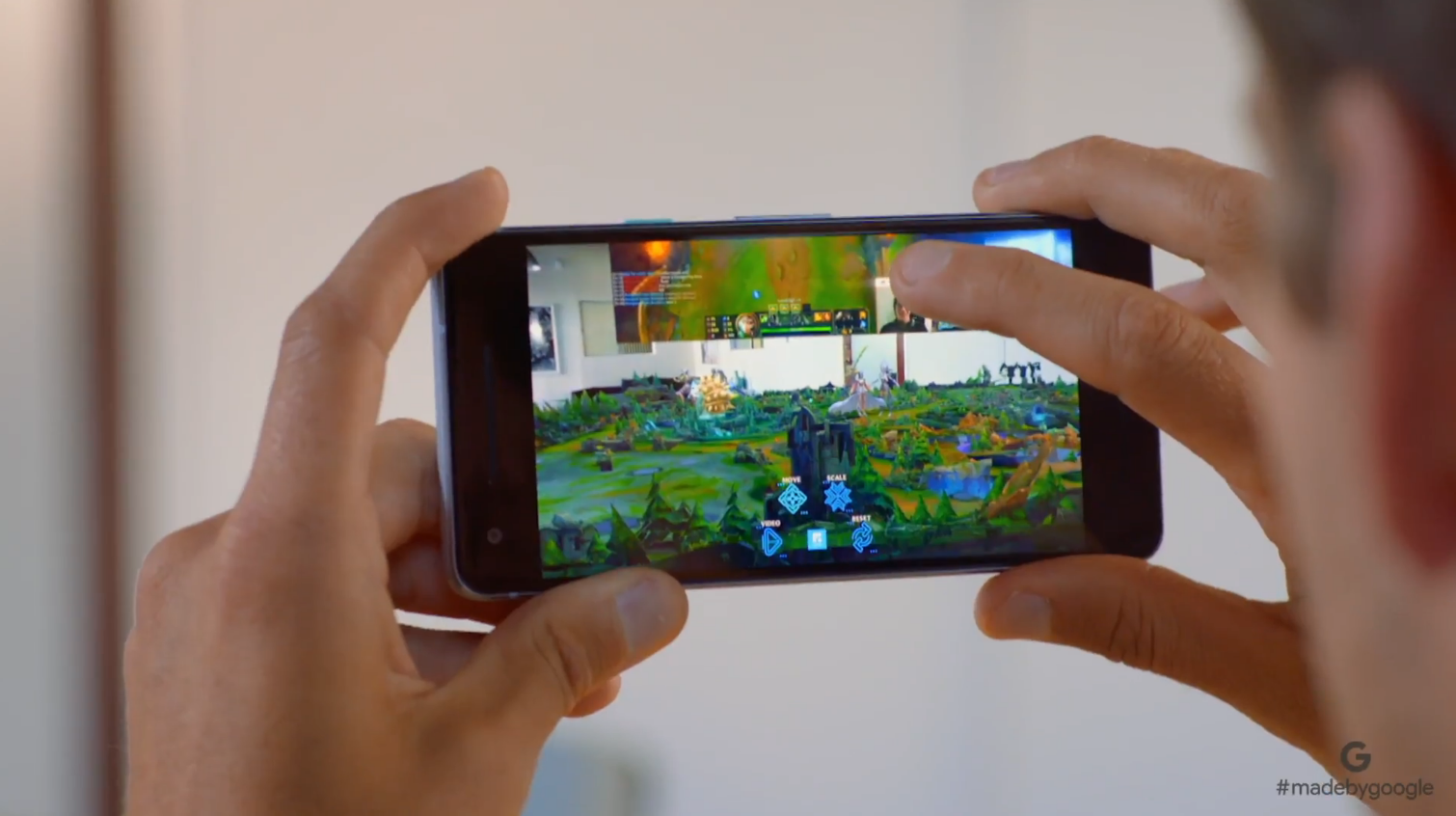
Google does Portrait Mode with a single camera, while other competitors use dual lenses. It uses dual-pixel sensor technology with a left and right view. Google uses Machine Learning to build a portrait.
Similar to Apple's Live Photos feature, the Pixel 2 can record up to 3 seconds of video with each shot. It's called Motion Photos.
The Pixel 2 and Pixel 2 XL are made of aluminum with gently curved glass on the back. The fingerprint sensor is said to unlock faster. There's also a small pop of color on the power button.
Both phones sport stereo speakers on the front. The 5-inch Pixel 2 sports a 5-inch OLED display and comes in three colors: Kinda Blue, Just Black and White.
The 6-inch Pixel 2 XL boasts a P-OLED display with over 4.1 million pixels and a narrow 18:9 aspect ratio. It comes in Just Black and Black and White.
Both phones are also IP67 water resistant and deliver quick charge capability, which means you should get 7 hours of charge in 15 minutes.
Google Home Mini
Available for pre-order today for just $49, the Google Home Mini voice assistant is small enough to be placed anywhere in the home, similar to the Amazon Echo Dot. The entire enclosure is made out of soft, durable fabric.
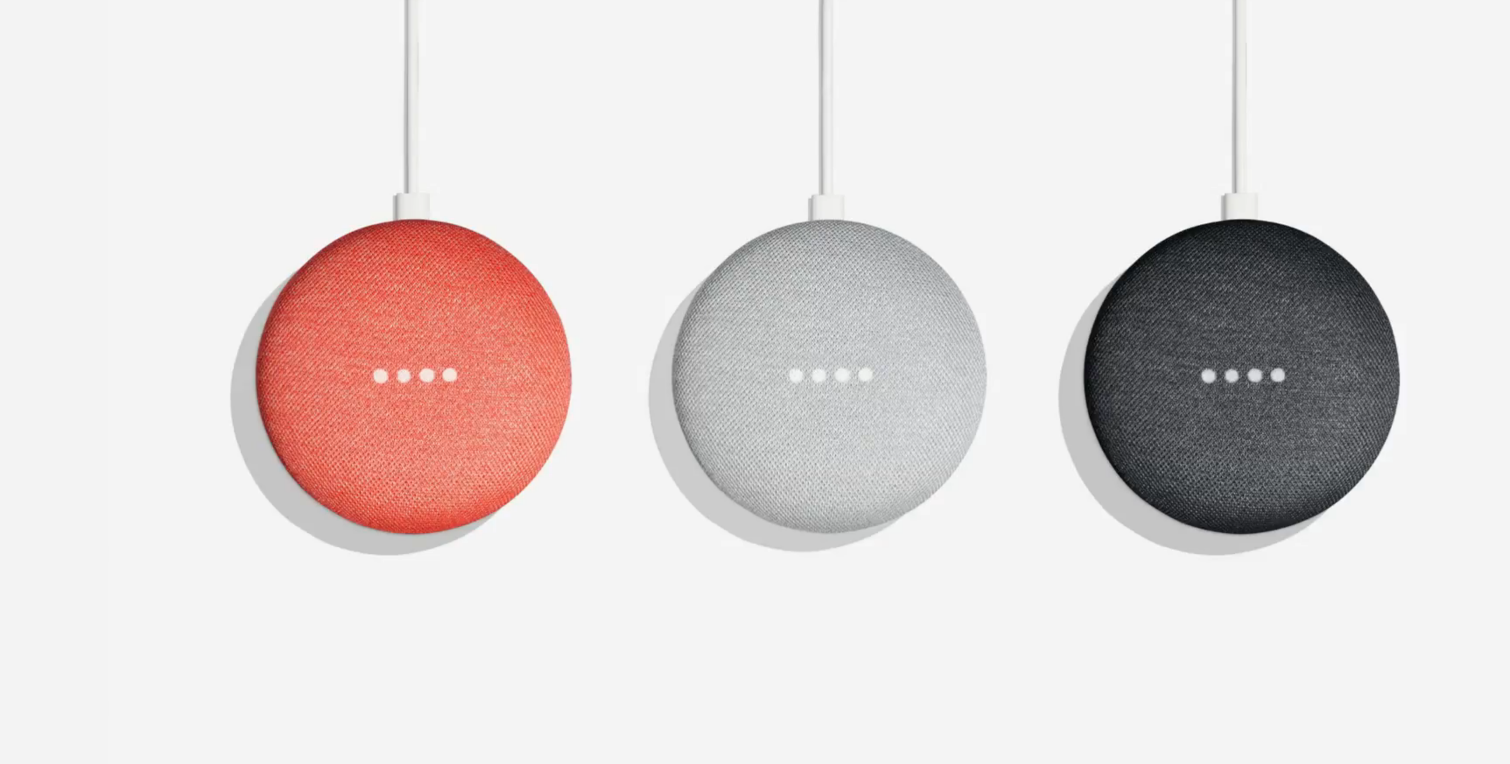
There are four LED lights under the fabric to indicate when the Google Home Mini is listening, and you can touch the fabric to interact with the device. The Home Mini projects 360-degree sound, and you can also connect to Bluetooth speakers.
You can take your pick from three colors: choral, chalk and charcoal.
Google also continues to tout the best voice recognition in the world. Voice match can recognize your unique voice. It can bring personal help to every member of the household. It can inform you about your commute, your reminders and more.
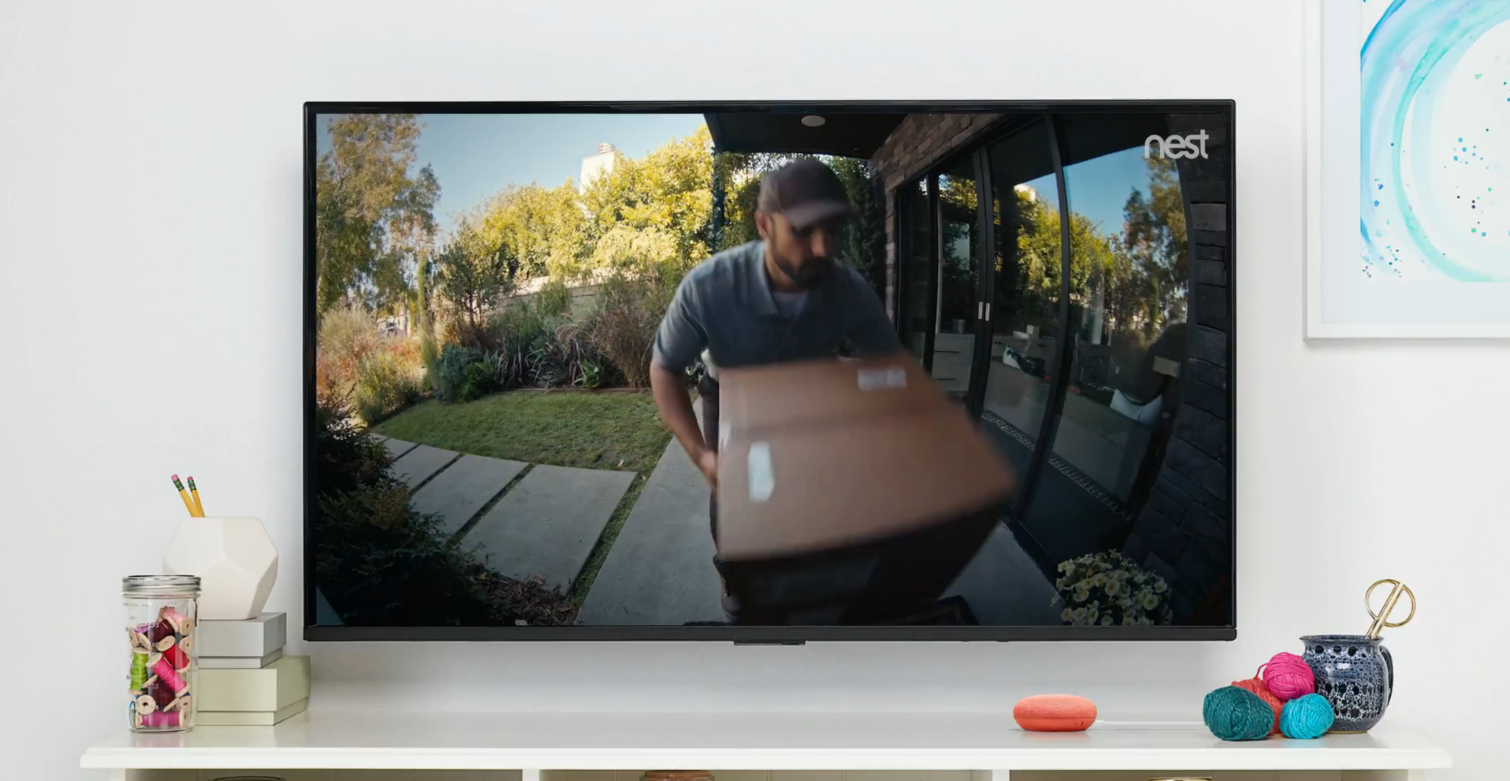
You can also now make hands-free voice calls using your personal mobile number in the Google App. Google Assistant can now voice control a lot more devices, and you can just say "Make it warmer," to change the temperature. Google Home will remember your preferences with a device like Nest.
With the Nest cam, you'll be able to say things like "OK Google, stream my hallway," and the Mini will also work Nest's new video doorbell. A new Nest Hello feature will automatically broadcast people you know. So Google Home might say "Auntie Suzie is at the front door."
Parents will appreciate a new feature called broadcast, so you can say "OK, Google, it's time to leave for school," and that message will be heard throughout the house on multiple Google Home devices.
Google is also stepping up its abilities for kids, which include stories from Disney and Star Wars, as well as better educational content and improved voice recognition for children.
Google Home Max
Google is going right after with the Apple HomePod with Google Home Max, a speaker that's 20 times more powerful than Google Home and has radically improved bass. A new Smart Sound feature is designed to adapt to your particular environment. It automatically tunes the sound based on your room configuration.
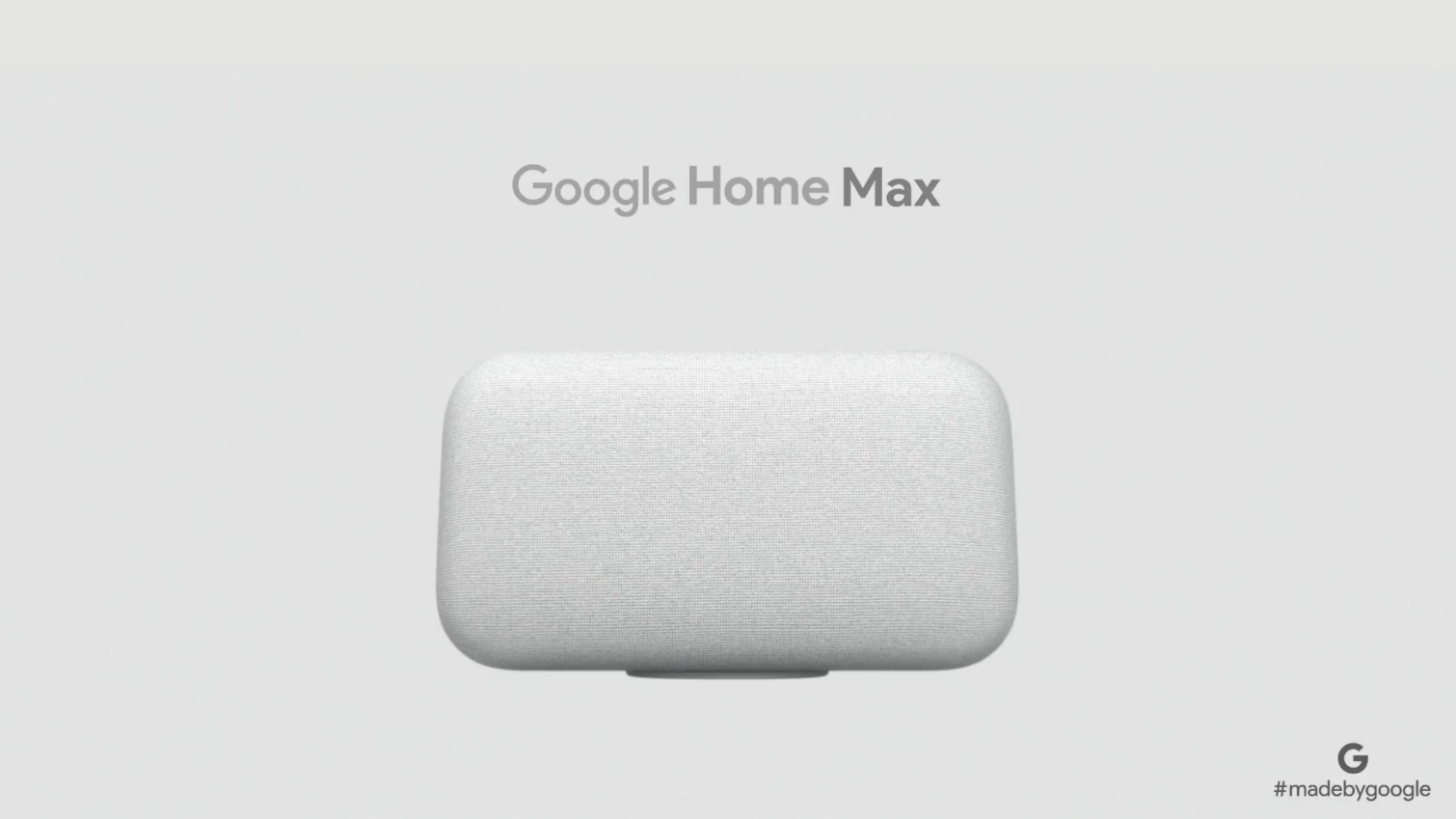
Max has the Google Assistant built in, and it can hear you even when music is blasting. Using the Voice Match feature, the Max can play your favorite music because it recognizes your voice.
Google Home Max will cost $399 and come in chalk and charcoal colors when it launches in December. It will come with a free three-month subscription to YouTube Red.
Google Pixelbook
Google also launched a new premium Chromebook called the Pixelbook. It's just 0.39 inches think and 2.2 pounds light. It's a 2-in-1, so you you can use it as a tablet, in tent mode or laptop mode. It comes with a 12.3-inch display.
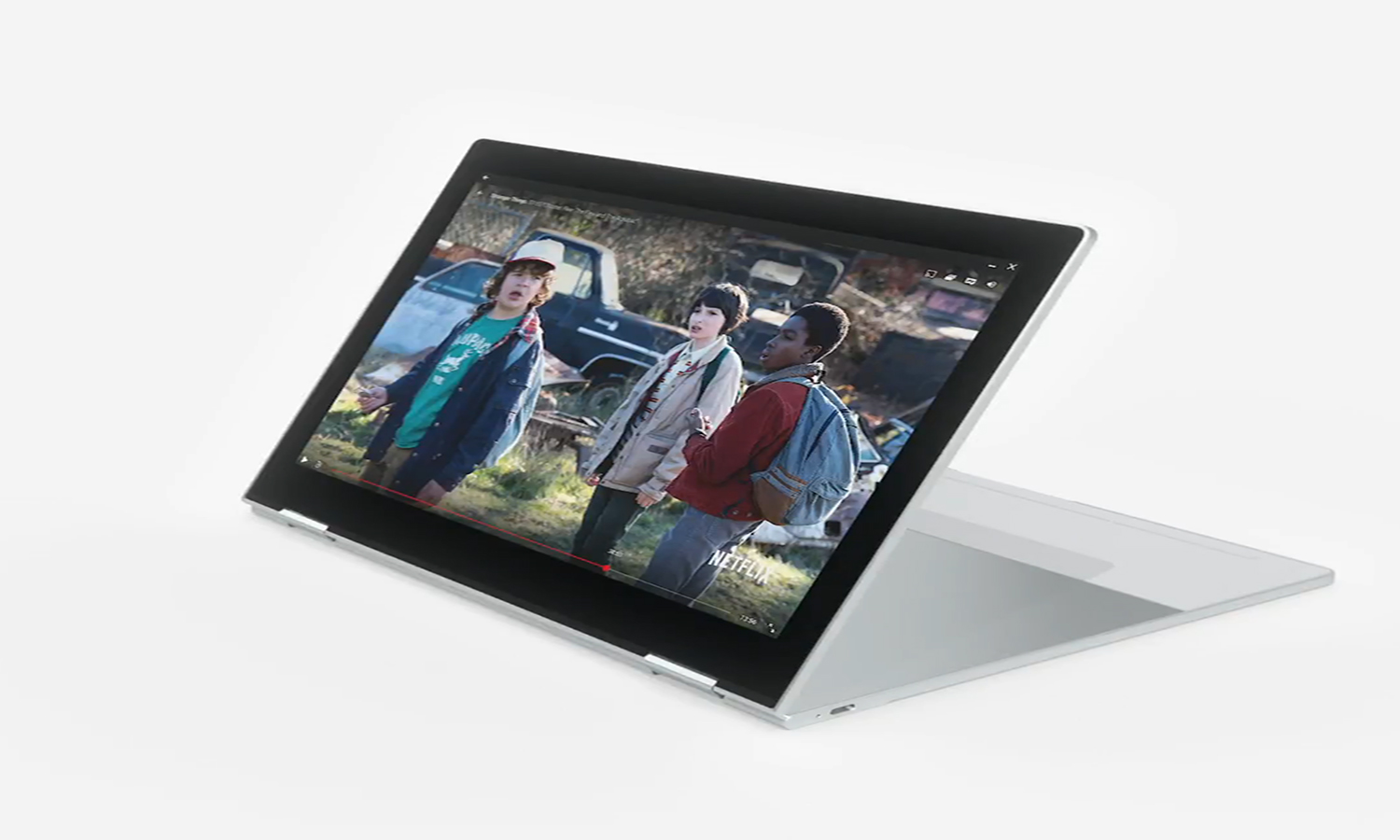
Google Assistant is built into this device, so you can set reminders, get directions, get questions answered and play content.
This laptop has a super-thin keyboard that's backlit, and it promises up to 10 hours of battery life. It will be powered by a Core i5 or Core i7 processor
The Pixelbook will come with a pen, and the Assistant can kick in with contextual knowledge, such as looking uo the meaning of a word. Too bad that last feature is optional.
The design could be better, too, as the bezels are on the thick side compared to the likes of the Dell XPS 13 and HP Spectre 13. The Pixelbook starts at a steep $999, and the pen costs an extra $99.
New Google Daydream View, Google Pixel Buds
Google now offers more than 250 games and titles in redesigned headsets. You can also experience new IMAX movies in VR. You can also pass the experience to the TV so others can experience what you're seeing.
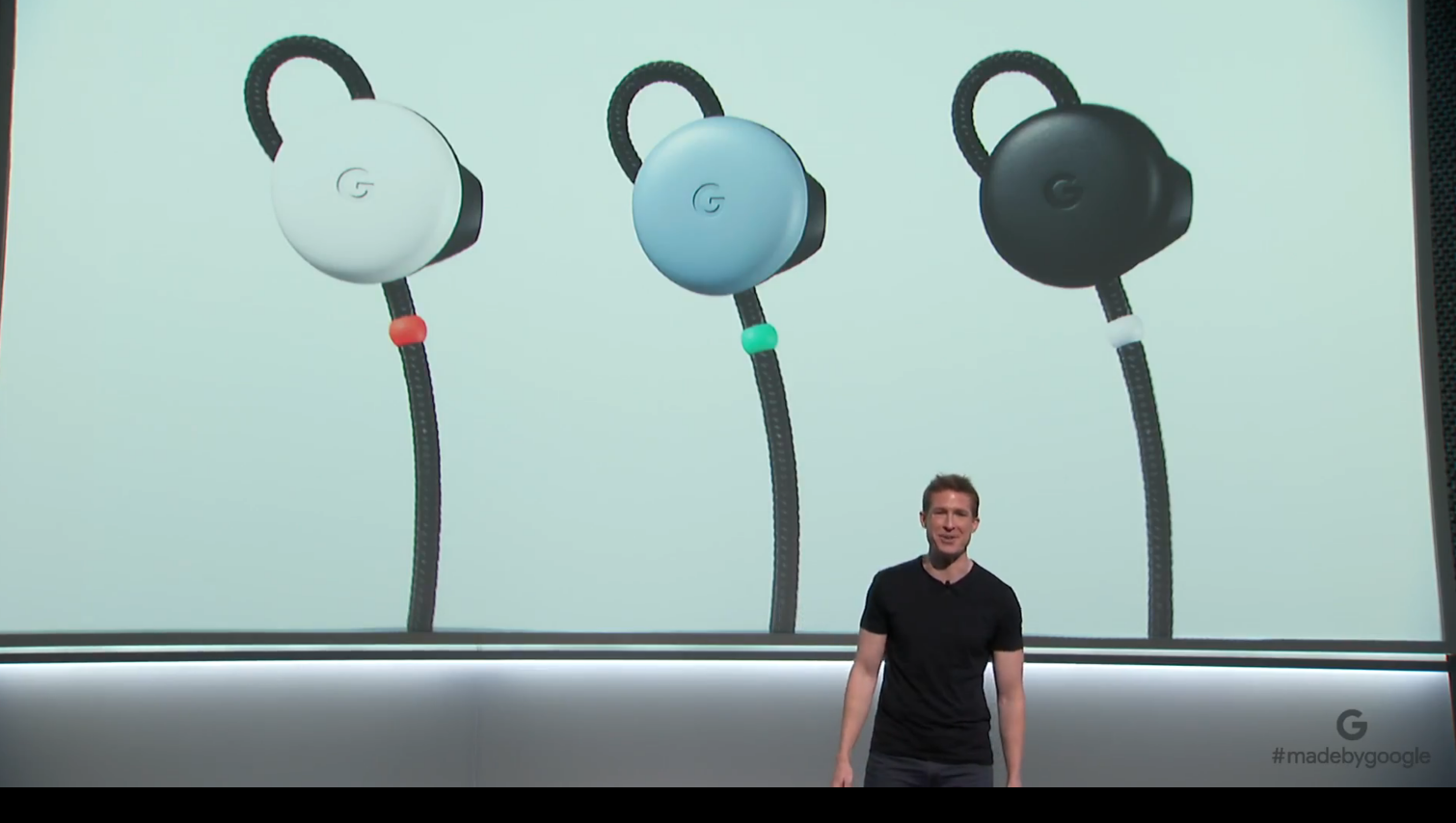
To sweeten the deal, Google is also launching wireless Google Pixel buds. You tap to start and stop the music, and you can touch and hold to get instant access to Google Assistant.
There's also a new real-time translation experience, which is like having a personal translator by your side. You can have a natural conversation in 40 languages.
You get up to 5 hours of listening time with each charge.
Google Clips
Last but not least is Google Clips, a compact camera that has an AI engine. It captures moments "so you can be in the moment." You can toss it in your pocket and use it hands-free. You can attach the device to pretty much anything.
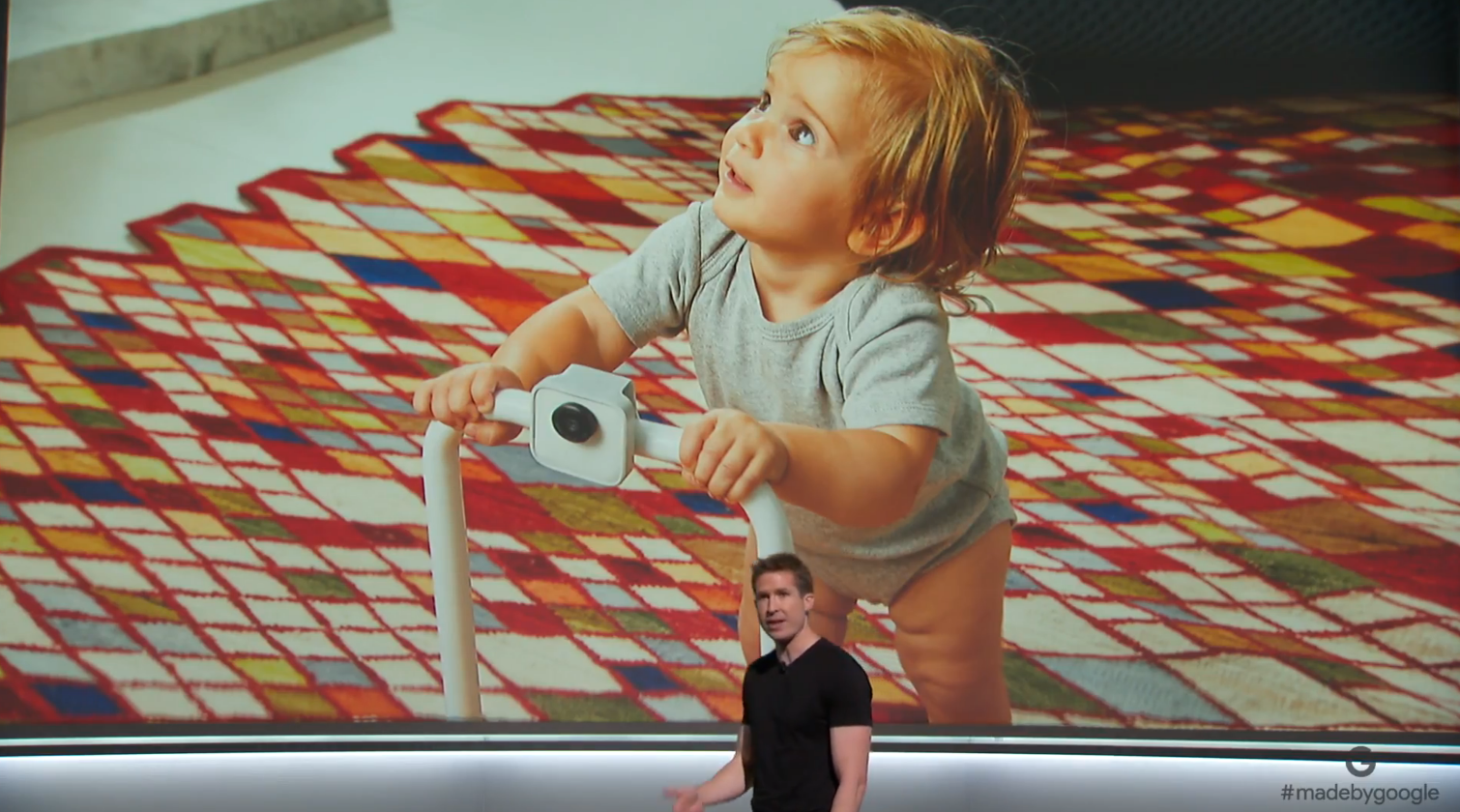
To protect privacy, Clips has an indicator light. The camera also knows who you know. You can save what Pixel Clips captures to Google Photos to make movies in seconds.
Unfortunately, those will have to be silent movies, because the Google Clips camera has no microphone. It's coming soon for $249.
Mark Spoonauer is the global editor in chief of Tom's Guide and has covered technology for over 20 years. In addition to overseeing the direction of Tom's Guide, Mark specializes in covering all things mobile, having reviewed dozens of smartphones and other gadgets. He has spoken at key industry events and appears regularly on TV to discuss the latest trends, including Cheddar, Fox Business and other outlets. Mark was previously editor in chief of Laptop Mag, and his work has appeared in Wired, Popular Science and Inc. Follow him on Twitter at @mspoonauer.

